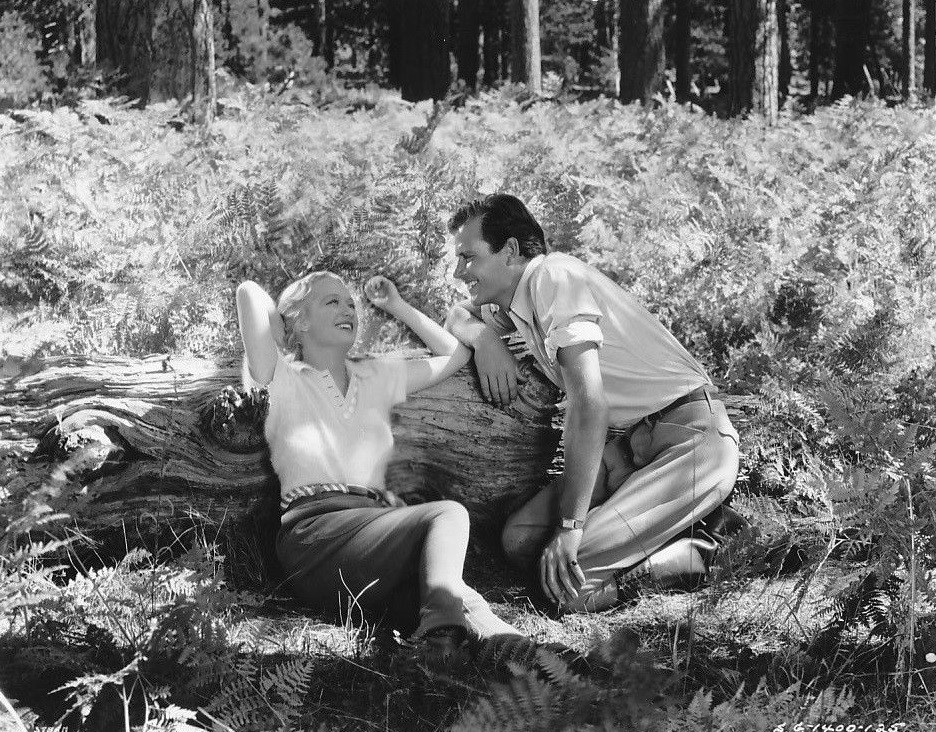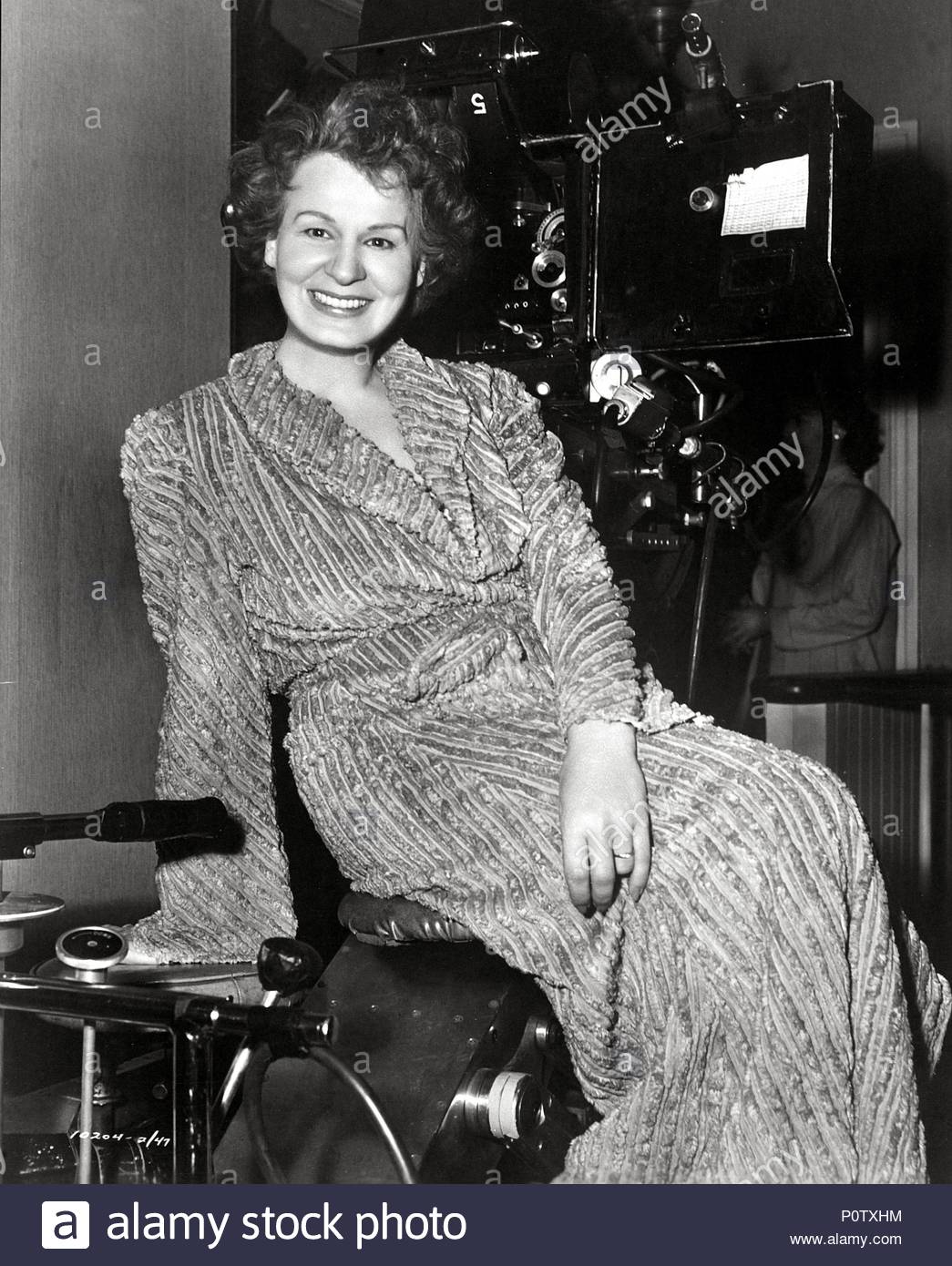Ellen Miriam Hopkins (October 18, 1902 – October 9, 1972) was an American actress known for her versatility. She first signed with Paramount Pictures in 1930, working with Ernst Lubitsch and Joel McCrea, among many others. Her long-running feud with Bette Davis was publicized for effect. She later became a pioneer of TV drama, and was a distinguished Hollywood hostess who moved in intellectual and creative circles.
23/04/2019
Miriam Hopkins : Actress
1. Profile :
Hopkins in 1932
Born Ellen Miriam Hopkins
October 18, 1902
Savannah, Georgia, U.S.
Died October 9, 1972 (aged 69)
New York City, U.S.
Occupation Actress
Years active 1921–1970
Spouse(s) Brandon Peters (1926–1927)
Austin Parker (1928–1931)
Anatole Litvak (1937–1939)
Raymond B. Brock (1945–1951)
Children 1
2. Introduction :-
Ellen Miriam Hopkins (October 18, 1902 – October 9, 1972) was an American actress known for her versatility. She first signed with Paramount Pictures in 1930, working with Ernst Lubitsch and Joel McCrea, among many others. Her long-running feud with Bette Davis was publicized for effect. She later became a pioneer of TV drama, and was a distinguished Hollywood hostess who moved in intellectual and creative circles.
3. Early life :-
Hopkins was born in Savannah, Georgia to Homer Hopkins and Ellen Cutler and raised in Bainbridge, near the Alabama border. She had an older sister, Ruby (1900-1990). Her maternal great-grandfather, the fourth mayor of Bainbridge, helped establish St. John's Episcopal Church in Bainbridge where Hopkins sang in the choir.
In 1909, she briefly lived in Mexico. After her parents separated, she moved as a teen with her mother to Syracuse, New York to be near her uncle, Thomas Cramer Hopkins, head of the geology department at Syracuse University.
*Miriam Hopkins in the Broadway production of Jezebel (1933), an Owen Davis play later adapted for a 1938 film starring Bette Davis
Hopkins and Herbert Marshall in a publicity photo for Trouble in Paradise (1932)
She attended Goddard Seminary in Barre, Vermont (which later became Goddard College in Plainfield, Vermont) and Syracuse University in New York. She became estranged from her father, and when in 1922, at the age of 19, she applied for a passport in preparation for a theatrical tour of South America, she listed his address as "unknown."
4. Career :-
At age 20, Hopkins became a chorus girl in New York City and subsequently acted regularly on the stage throughout the 1920's. In 1930, she signed with Paramount Pictures and made her official film debut in Fast and Loose. Her first great success was in the 1931 horror drama film Dr. Jekyll and Mr. Hyde, where she portrayed Ivy Pearson, a prostitute who becomes entangled with Jekyll and Hyde. She received rave reviews, but because of the character's and film's potential controversy, many of her scenes were cut before the official release, reducing her screen time to about five minutes.
 |
Hopkins was one of the first actresses approached to play the role of Ellie Andrews in It Happened One Night (1934). She rejected the part, and Claudette Colbert was cast instead. She auditioned for the role of Scarlett O'Hara in Gone with the Wind, and had one advantage none of the other candidates had—she was a native Georgian—but the part went to Vivien Leigh. Both Colbert and Leigh won Oscars for their performances.
*Hopkins and Herbert Marshall in a publicity photo for Trouble in Paradise (1932)
Hopkins had well-publicized fights with her arch-enemy Bette Davis. (Hopkins believed Davis was having an affair with Hopkins's husband at the time, Anatole Litvak) when they costarred in their two films The Old Maid (1939) and Old Acquaintance (1943). Davis admitted to enjoying very much a scene in Old Acquaintance in which she shakes Hopkins forcefully when Hopkins's character makes unfounded allegations against Davis's. Press photos were even taken with the two divas in a boxing ring, gloves up, and director Vincent Sherman between them like a referee. Davis described Hopkins as a "terribly good actress", but also "terribly jealous" in later interviews.
After Old Acquaintance, Hopkins did not work in films again until The Heiress (1949), where she played the lead character's aunt. In Mitchell Leisen's 1951 comedy The Mating Season, she gave a comic performance as Gene Tierney's character's mother. She also acted in The Children's Hour, which is the theatrical basis of her film These Three (1936). In the remake, she played the aunt to Shirley MacLaine, who took Hopkins' original role.
Hopkins was a television pioneer. She performed in teleplays from the late 1940s through the late 1960s, in such programs as The Chevrolet Tele-Theatre (1949), Pulitzer Prize Playhouse (1951), Lux Video Theatre (1951-1955), The Outer Limits (1964), and even an episode of The Flying Nun ("Bertrille and the Silent Flicks") in 1969.
She has two stars on the Hollywood Walk of Fame: one for motion pictures (1701 Vine Street) and one for television (1708 Vine Street).
5. Private life :-
Hopkins married four times. Her first marriage was to actor Brandon Peters, second to aviator and screenwriter Austin Parker, third to the director Anatole Litvak, and fourth to war correspondent Raymond B. Brock. In 1932, she adopted a son, Michael T. Hopkins (March 29, 1932 - October 5, 2010).
She was known for hosting elegant parties. John O'Hara, a frequent guest, noted that
most of her guests were chosen from the world of the intellect...Miriam knew them all, had read their work, had listened to their music, had bought their paintings. They were not there because a secretary had given her a list of highbrows.
She was a staunch Democrat who strongly supported the presidency of Franklin D. Roosevelt.
6. Death :-
Hopkins died in New York City from a heart attack nine days before her 70th birthday. She is buried in Oak City Cemetery in Bainbridge, Georgia.
7. Filmography :-
Year Title Role Notes
1930 Fast and Loose Marion Lenox Hopkins's film debut
1931 The Smiling Lieutenant Princess Anna The first of three films Hopkins made with Lubitsch.
1931 24 Hours Rosie Duggan
1931 Dr. Jekyll and Mr. Hyde Ivy Pearson
1932 Two Kinds of Women Emma Krull
1932 Dancers in the Dark Gloria Bishop
1932 The World and the Flesh Maria Yaskaya
1932 Trouble in Paradise Lily Second film directed by Lubitsch and starring Hopkins
1933 The Story of Temple Drake Temple Drake Based on Faulkner's scandalous novel SANCTUARY
1933 The Stranger's Return Louise Starr
1933 Design for Living Gilda Farrell Third and final film Hopkins and Lubitsch made together
1934 All of Me Lydia Darrow
1934 She Loves Me Not Curly Flagg
1934 The Richest Girl in the World Dorothy Hunter First of five films Hopkins and McCrea made together
*1935 Becky Sharp Becky Sharp Nominated - Academy Award for Best Actress
The first feature film made in the three strip Technicolor process
1935 Barbary Coast Mary 'Swan' Rutledge Second film starring Hopkins and McCrea
1935 Splendor Phyllis Manning Lorrimore Third film starring Hopkins and McCrea
1936 These Three Martha Dobie The film was adapted from the 1934 play The Children's Hour by Lillian Hellman.
Fourth film starring Hopkins and McCrea
1936 Men Are Not Gods Ann Williams
1937 The Woman I Love Madame Helene Maury Hopkins married director Anatole Litvak shortly after this film was made.
It is the only film Hopkins made with Paul Muni
1937 Woman Chases Man Virginia Travis Final film Hopkins and McCrea made together
1937 Wise Girl Susan 'Susie' Fletcher
1939 The Old Maid Delia Lovell Ralston The first of two films Hopkins made with Bette Davis
1940 Virginia City Julia Hayne Hopkins co-starred with Errol Flynn
1940 Lady with Red Hair Mrs. Leslie Carter
1942 A Gentleman After Dark Flo Melton
1943 Old Acquaintance Millie Drake Second of two films Hopkins made with Bette Davis.
1949 The Heiress Lavinia Penniman Nominated - Golden Globe Award for Best Supporting Actress – Motion Picture
1951 The Mating Season Fran Carleton
1952 The Outcasts of Poker Flat Mrs. Shipton / 'The Duchess'
1952 Carrie Julie Hurstwood
1961 The Children's Hour Lily Mortar Hopkins had starred in the original film adaptation of the play The Children's Hour entitled These Three in the role of Martha Dobie. In this film Shirley MacLaine played Martha and Miriam Hopkins played her Aunt Lily.
1964 Fanny Hill Mrs. Maude Brown
1966 The Chase Mrs. Reeves Hopkins played the mother of Robert Redford's character
1970 Savage Intruder Katharine Parker Hopkins's last film, (final film role)
8. Short Subjects:
"The Home Girl" (1928)
"Hollywood on Parade No. B-1" (1933)
--------------------------------------------------------------------------------------------------------------------------------------------------------------------------------------























.jpg)
.jpg)
Comments
Post a Comment